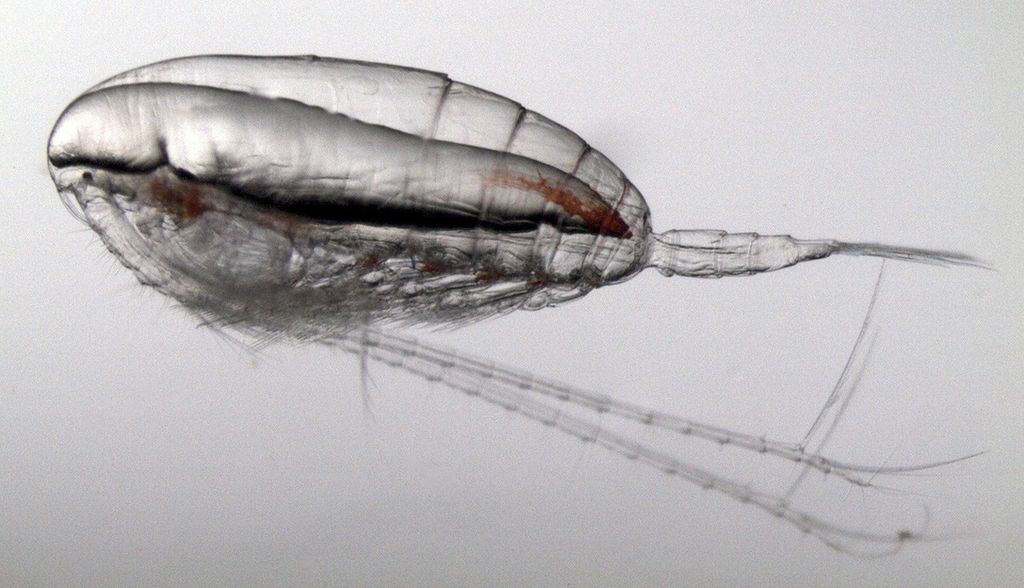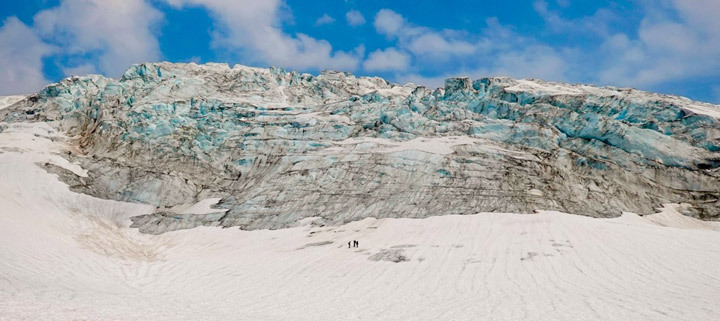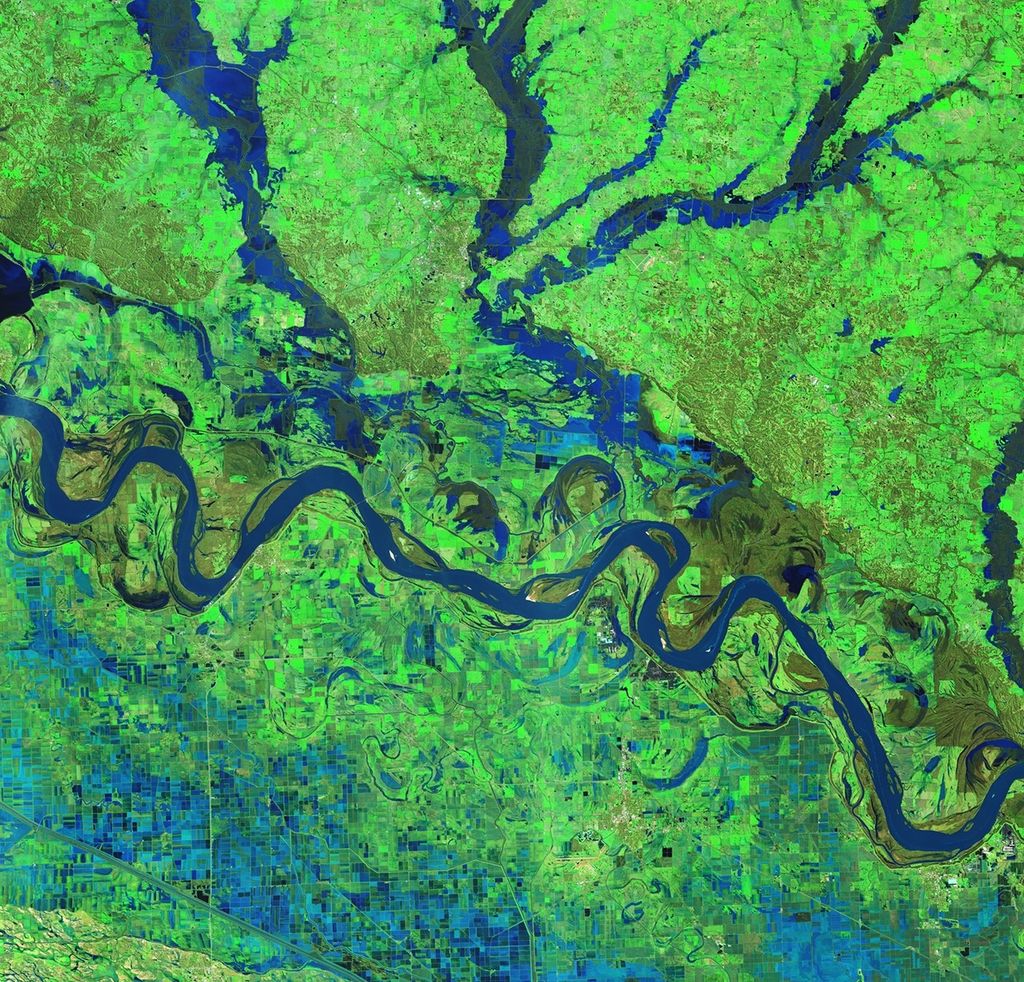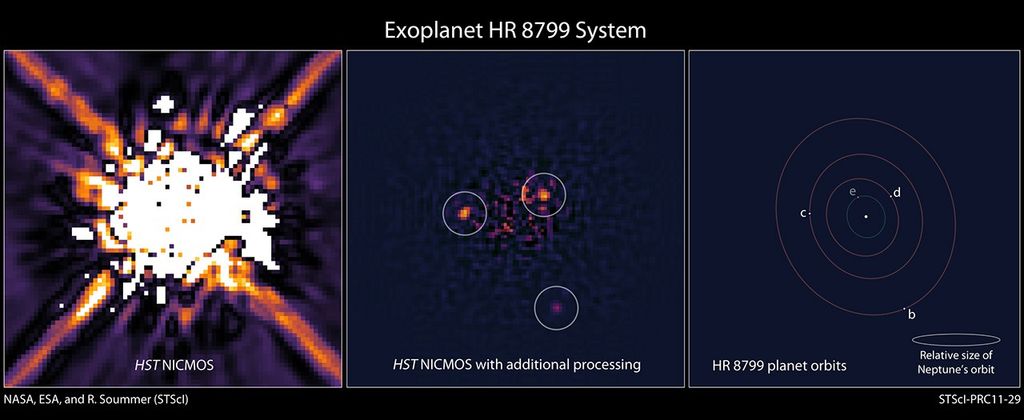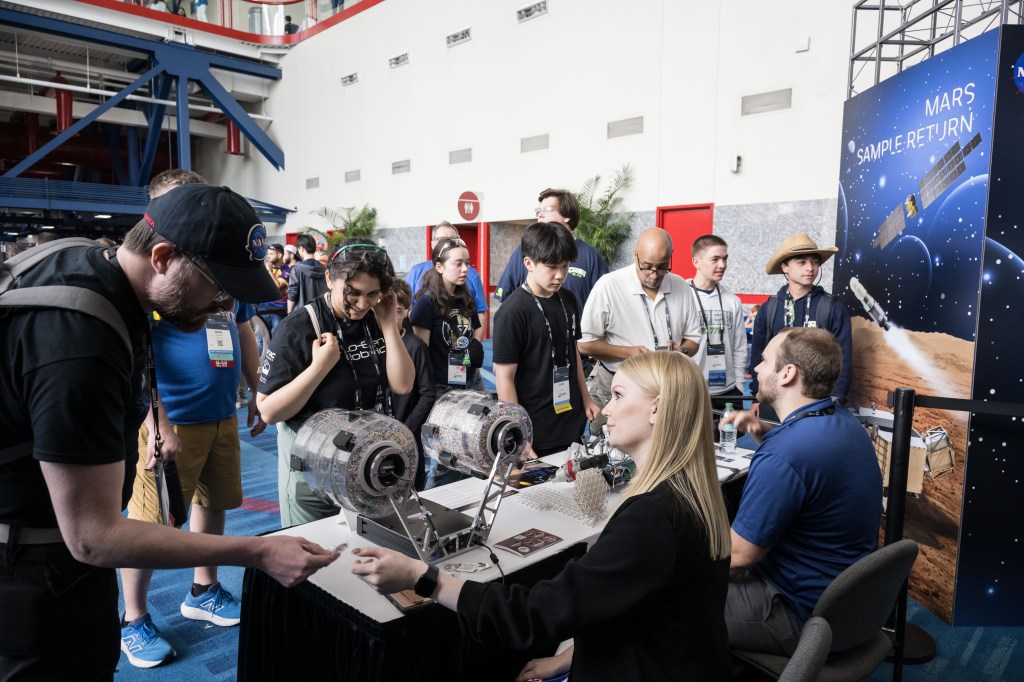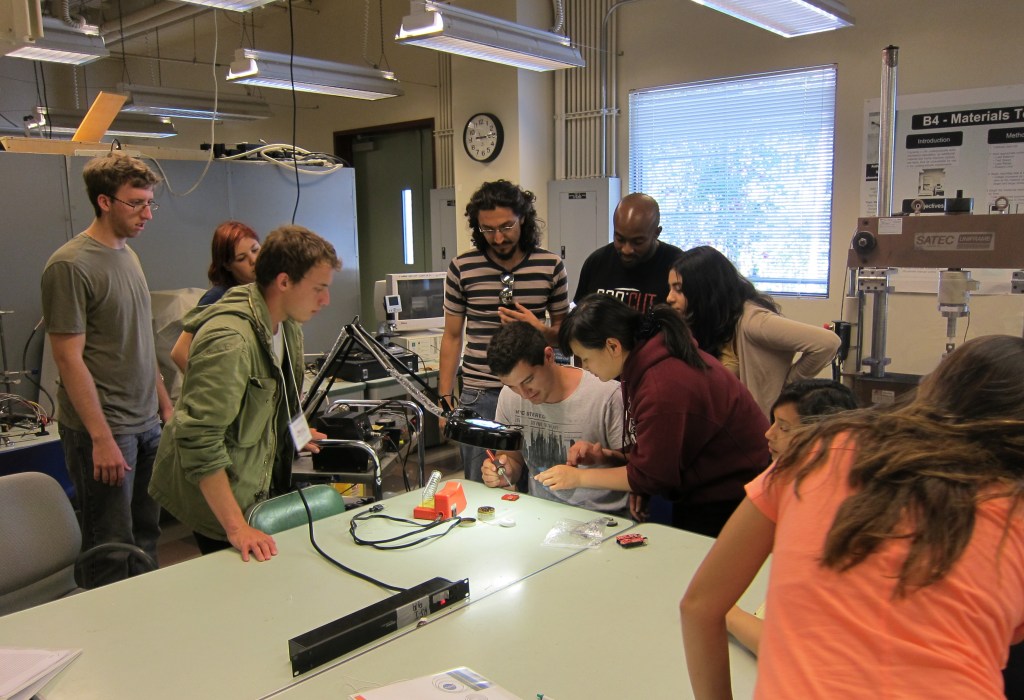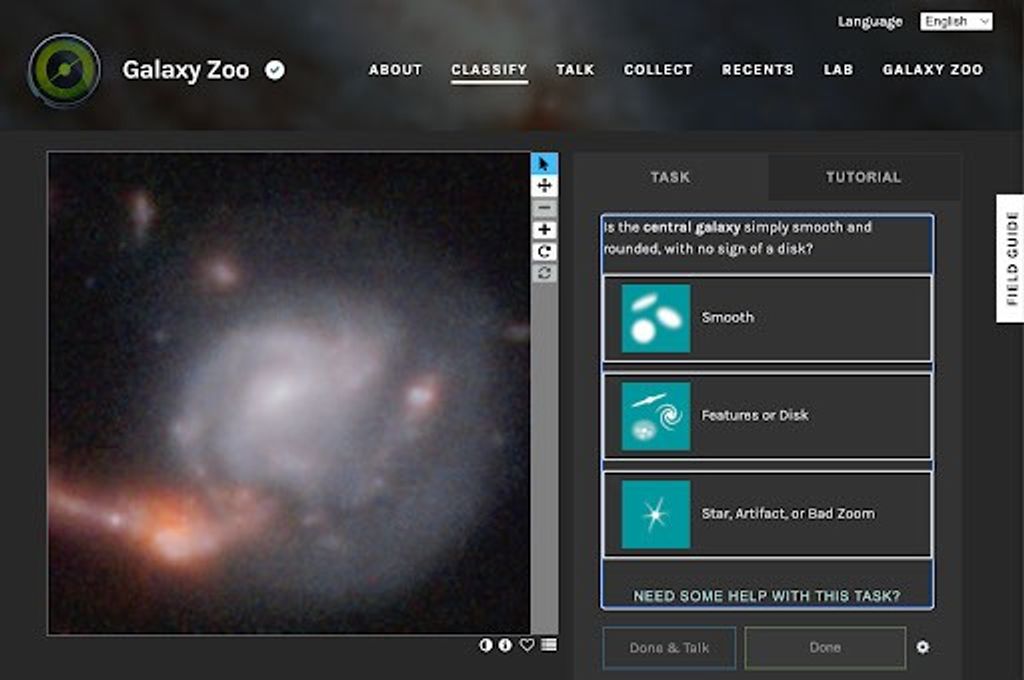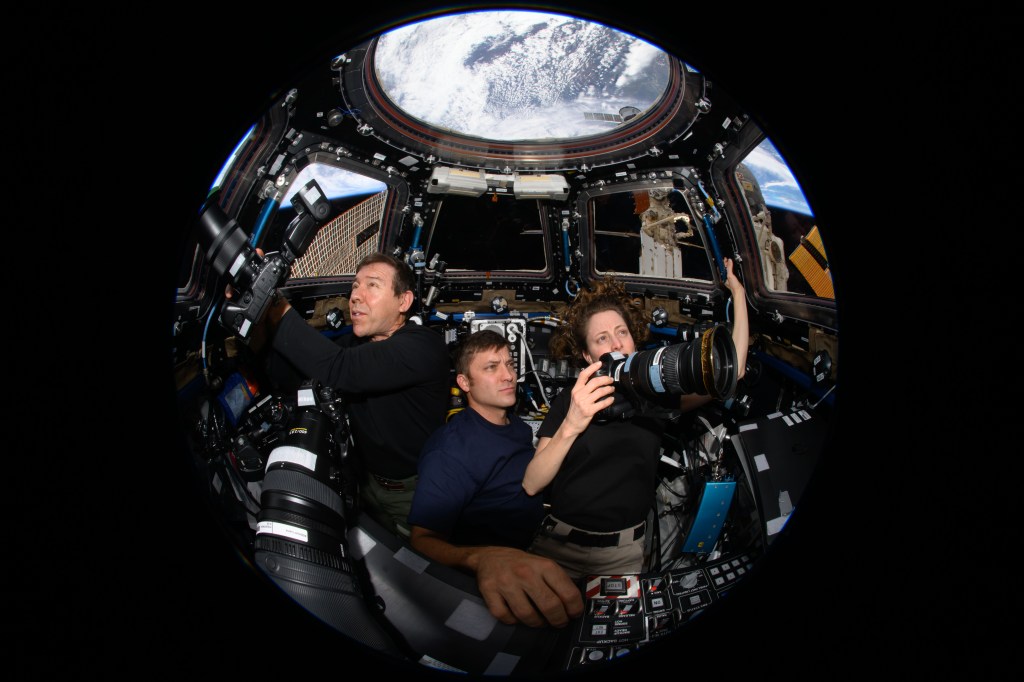Recently Published Web Content
Stay up-to-date with the latest content from NASA as we explore the universe and discover more about our home planet.

A first-generation college graduate, Nilufar Ramji was blazing trails long before arriving at NASA. With her multifaceted expertise, she is helping shape the messaging behind humanity’s return to the Moon, Mars, and beyond. Ramji is currently on detail as the…

Written by Catherine O’Connell-Cooper, Planetary Geologist at University of New Brunswick Earth planning date: Friday, May 2, 2025 From our Wednesday stopping spot, the drive direction ahead (looking along the path we would follow in the Wednesday drive) appeared to…

Written by Denise Buckner, Postdoctoral Fellow at NASA’s Goddard Space Flight Center Over the past few weeks, Perseverance has been investigating some curious spherules peppered across the “Witch Hazel Hill” region along the rim of Jezero crater. A striking cluster…

In the waters off New England, one of Earth’s rarest mammals swims slowly, mouth agape. The North Atlantic right whale filters clouds of tiny reddish zooplankton — called Calanus finmarchicus — from the sea. These zooplankton, no bigger than grains…

NASA Langley Research Center’s integral role in the past, present, and future of flight was on full display April 25-27 during the Air Power Over Hampton Roads air show. The air show, held at Joint Base Langley-Eustis (JBLE), which neighbors…

A beautiful but skewed spiral galaxy dazzles in this NASA/ESA Hubble Space Telescope image. The galaxy, called Arp 184 or NGC 1961, sits about 190 million light-years away from Earth in the constellation Camelopardalis (The Giraffe). The name Arp 184 comes from…

The Orion spacecraft for NASA’s Artemis II crewed mission around the Moon has been on the move. Technicians relocated the spacecraft May 5 from the Neil A. Armstrong Operations and Checkout Facility at the agency’s Kennedy Space Center in Florida, where…

As NASA works to establish a long-term presence on the Moon, researchers have reached a breakthrough by extracting oxygen at a commercial scale from simulated lunar soil at Swamp Works at NASA’s Kennedy Space Center in Florida. The achievement moves…

The Expedition 73 crew members are kicking off a busy week aboard the International Space Station. Technology development, space botany, and clean up following last Thursday’s spacewalk topped Monday’s schedule.

Though they don’t orbit around our Sun, sub-Neptunes are the most common type of exoplanet, or planet outside our solar system, that have been observed in our galaxy. These small, gassy planets are shrouded in mystery…and often, a lot of…
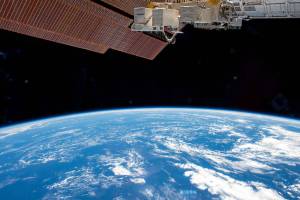
The Goddard OCKO has a large collection of case studies covering a wide range of missions and technical topics, including launch decision making, project management, procurement, instrument development, risk management, systems engineering and more. These case studies can be used…

Written by Natalie Moore, Mission Operations Specialist at Malin Space Science Systems Earth planning date: Wednesday, April 30, 2025 We’re back in our standard “touch and go” plan regime today, where we sandwich a midday remote science block between morning-APXS…

The first flight of NASA’s 2025 New Zealand Super Pressure Balloon Campaign was safely terminated at 7:46 a.m. Sunday, May 4 (in U.S. Eastern Time) after 17 days, 13 hours, and 47 minutes in flight around the Southern Hemisphere’s mid-latitude…

The second super pressure balloon flight of NASA’s New Zealand Balloon Campaign is now at float at 108,000 feet after lifting off from Wānaka Airport, New Zealand, at 11:38 a.m. NZST, Sunday, May 4 (7:38 p.m., Saturday, May 3 in…

The second of two planned scientific balloon flights for NASA’s 2025 New Zealand Super Pressure Balloon Campaign successfully lifted off from Wānaka Airport, New Zealand, at 11:38 a.m. NZST, Sunday, May 4 (7:38 p.m., Saturday, May 3 in U.S. Eastern…

More than 16 days after lifting off from Wānaka, New Zealand, NASA’s football-stadium-sized super pressure balloon has completed its first full circumnavigation of the globe — a significant milestone for the test flight around the Southern Hemisphere’s mid-latitudes. The balloon…

The Expedition 73 crew members are cleaning up after a spacewalk on Thursday to upgrade power systems on the International Space Station. The lab residents also continued research and maintenance activities aboard the orbital outpost.

The Soyuz MS-26 spacecraft is pictured backing away from the International Space Station shortly after undocking on April 19, 2025. Three hours later, the spacecraft landed in Kazakhstan, returning astronaut Don Pettit and cosmonauts Alexey Ovchinin and Ivan Vagner to…

By Wayne Smith Ahh, spring. Trees are budding, flowers are blooming. Birds are singing and baseball is back. As the old English proverb says, April showers bring May flowers. And skywatchers will soon have an additional reason to enjoy nature’s…

The Trump-Vance Administration released toplines of the President’s budget for Fiscal Year 2026 on Friday. The budget accelerates human space exploration of the Moon and Mars with a fiscally responsible portfolio of missions. “This proposal includes investments to simultaneously pursue…

Living up to, and maintaining, the standard of excellence associated with NASA is what drives Robert Williams at NASA’s Stennis Space Center near Bay St. Louis, Mississippi. A native of Gulfport, Mississippi, Williams said he has had the opportunity to…

Four NASA flight controllers discuss specialized operations like spacewalks and spacecraft arrivals that keep the International Space Station running. HWHAP 383

Engineers at NASA’s Kennedy Space Center in Florida successfully integrated the SLS (Space Launch System) rocket’s upper stage May 1, inside the Vehicle Assembly Building, marking another key step toward preparing to launch the agency’s Artemis II crewed test flight…

NASA and the Korea AeroSpace Administration (KASA) signed an agreement May 2 for KASA to fly a CubeSat on NASA’s Artemis II test flight next year. K-Rad Cube will use a dosimeter made of material designed to mimic human tissue…

A beautiful but skewed spiral galaxy dazzles in this NASA/ESA Hubble Space Telescope image. The galaxy, called Arp 184 or NGC 1961, sits about 190 million light-years away from Earth in the constellation Camelopardalis (The Giraffe). The name Arp 184…








